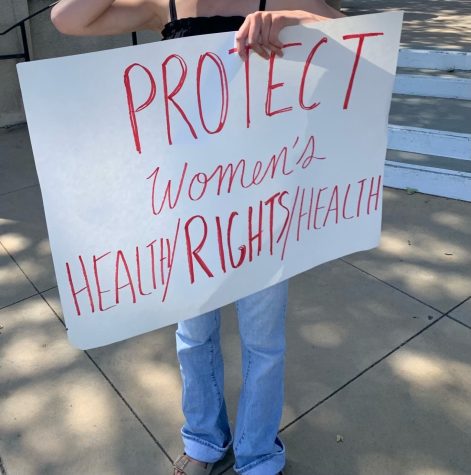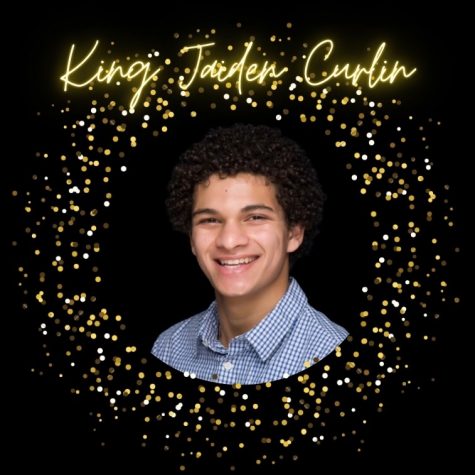Sorry, Commuters: the Metro Gold Line Will Not Extend to Claremont

Brea’s Metro Gold Line Stations, one of 27. If Metro’s Phase 2B plan had been approved, the line would extend to Claremont, and three more stations would be added.
Currently, the Metro Gold Line is a light rail line that runs from East LA to Azusa and handles thousands of commuters everyday. For many years, the Gold Line Board of Directors has been trying to extend the rail line to service more riders, but have constantly run into obstacles. If their plan were to see fruition, it would be possible to travel all the way from Montclair to LA in an estimated 75 minutes, offering an alternative to the often traffic-packed freeways. However, the project has run into many funding issues, making the hope of connecting the many cities a distant reality. To understand the full story, one must start all the way back at the beginning.
Initially, the Metro Gold Line only ran from East LA to Pasadena. In April of 2006, a report was released that examined the possibility of extending the Gold Line. Two options were explored: building the rail until Azusa or a longer extension that would stretch all the way to Montclair. In February 2007, the Gold Line Authority Board decided on the Azusa plan, which was designated Phase 2A. Construction took several years and the new parts of the rail came into service during March 2016, less than three years ago, according to the San Gabriel Valley Tribune. In a report from the Metro Finance and Budget Committee, the project initially had a budget of $690 million but was later raised to $736 million because of increased costs. Action to continue the rail to Montclair began during Phase 2A, and on June 23, 2017, a plan was approved to continue the rail to Claremont . The new project, dubbed Phase 2B, had an estimated $1.4 billion in costs. According to LA Curbed, this was all part of a wider plan to enhance the Metro systems for the 2028 Olympic Games, which is to be held in LA, but problems began to arise. Even early into Phase 2B, there were doubts about the ambitious nature of the project. San Bernardino County Transportation Authority (SBCTA), opposed it politically.
“It’s unfortunate that the cost to extend the service 3 ½ miles in the Metrolink Corridor from Pomona to Montclair is now nearly a half-billion dollars,” Ray Wolfe, the executive director of SBCTA, said. SBCTA plans to have a more in-depth conversation with the Board of Directors to ensure that this investment remains the best use of public dollars when more cost efficient alternatives exists.”
Now, a mere two years later, what Wolfe forewarned seems to have come true. Estimated costs have gone up since the original plan, and funding is only secured for building from Azusa until Pomona. This would use up all of the initially planned $1.4 billion. Meanwhile, the final legs of the project to Claremont and Montclair have a sticker price of $550 million, bringing the total cost of the project to over $2 billion. So why does it cost so much? To get the rail line through Claremont, a lot of work will have to be done. The existing Metrolink station in the Claremont Village would be demolished and moved, with the new Metro station being built in its place. Four new train bridges for the train would also have to be built over Monte Vista Avenue, Garey Avenue, Towne Avenue and Indian Hill Boulevard. Raising the extra money will be an issue for the Gold Line Authority Board. Currently, the project is financed from a conglomerate of funds collected by Measures R and M, the State of California Transit and Intercity Rail Capital program, and San Bernardino County.
This poses a complex issue for those wishing to see a rail extension go through Claremont. For residents living here, the Gold Line would be a welcome alternative to traveling on the freeways to LA. The extension would transform commute, reducing congestion while being more eco friendly. On the other hand, the expensive price tag is hard to ignore. Even if funding is secured, building the bridges would take months and clog traffic all around the Claremont area. With the current construction on Foothill causing headaches, it is not hard to imagine what construction on the scale of a new rail line would do. Some also take issue with the destruction of the train station, which has been an iconic landmark in the Village for years. Regardless of building problems, there is still the issue of having the project completed in time for the 2028 Olympic Games. With pressure mounting from skeptical organizations such as SBCTA, it is up to the Gold Line Authority Board and the other major players involved to secure funding for the final portion of the Gold Line.
Hello there! Our goal is to provide relavent, engaging journalism for readers of all ages. Your donation will support the student journalists of the Wolfpacket at Claremont High School, and will allow us to purchase equipment, print our monthly issues, and enter in journalism competitions. We appreciate your consideration!

Stephen Nazareth is a senior at Claremont High School and a first-year reporter at the Wolfpacket. He also manages the Wolfpacket website. In his free...











